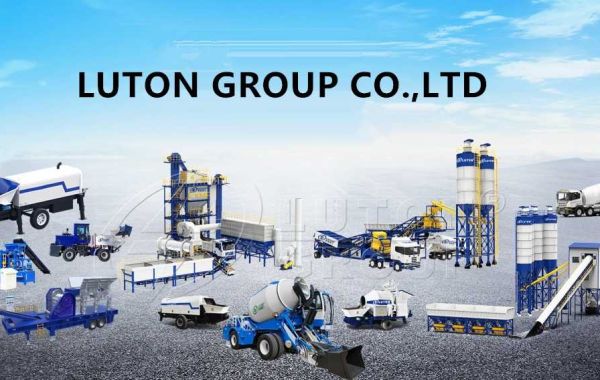In the field of modern construction, concrete pumps and boom pumps are two core pumping equipment, each with its unique performance advantages, playing a key role in improving construction efficiency and meeting complex construction needs. Especially in the core performance indicator of pumping height, the two have shown completely different capabilities. Based on the latest data, this article will deeply compare the pumping heights of concrete pumps and boom pumps, revealing the technical differences and application scenarios behind them.
Pumping Height - Demonstration of Technological Limits
- Concrete Pumps
In recent years, with the rapid development of pumping technology, some high-end concrete pumps have achieved unprecedented pumping heights. For example, the 50MPa concrete pump developed by SANY, with its powerful pumping pressure and advanced pumping system, successfully pumped concrete to the 62m-high Shanghai Tower. This feat not only broke the world record for pumping height, but also demonstrated the unparalleled advantages of concrete pumps in the construction of super-high-rise buildings.
- Boom pump (concrete boom pump truck)
Compared with concrete pumps, boom pumps are popular in various construction sites for their flexible boom system and efficient pumping capacity. However, in terms of pumping height, boom pumps are limited by the physical length and material strength of the boom. Although the longest boom pump truck on the market has a boom length of more than 100 meters, the actual pumping height is often difficult to reach the record set by concrete pumps. Despite this, the adaptability and flexibility of boom pumps in complex construction environments make them still irreplaceable in the fields of bridge construction, tunnel construction, etc.
Technical Differences: Determinants of Pumping Height
The key to the concrete pump's ability to achieve such an amazing pumping height is that it uses a high-pressure pumping system, high-performance concrete mix, and advanced pipe materials. The application of these technologies enables concrete to withstand great pressure during the pumping process while maintaining stable fluidity, thereby overcoming gravity and reaching an extremely high construction position.
In contrast, although the boom pump also has a strong pumping capacity, its pumping height is more dependent on the physical extension of the boom and the improvement of material strength. Therefore, after the boom length reaches the physical limit, the boom pump has relatively limited room for improvement in pumping height.
Application Scenarios: Each Showing Its Unique Capabilities
The difference between concrete pumps and boom pumps in application scenarios further reflects their different advantages in terms of pumping height. Concrete pumps are more suitable for super-high-rise building construction. Their ultra-high pumping capacity can easily meet the concrete needs of high-rise buildings, while reducing transfer links and improving construction efficiency.
The boom pump, with its flexible boom system and efficient pumping capacity, is very useful in complex environments such as bridge construction and tunnel construction. Although the pumping height is relatively low, the boom pump can directly deliver concrete to the construction site, reducing manual handling and improving construction safety.
There are more concrete pumping methods on ltconcretepump.com.
Conclusion And Outlook
In summary, concrete pumps and boom pumps have their own advantages in terms of pumping height. Concrete pumps, with their ultra-high pumping capacity, dominate the construction of super-high-rise buildings; while boom pumps, with their flexible boom system and efficient pumping capacity, show unique advantages in complex construction environments. In the future, with the continuous advancement of pumping technology and the continuous expansion of application scenarios, concrete pumps and boom pumps are expected to achieve new breakthroughs in pumping height, bringing more surprises to the construction field.
When selecting pumping equipment, construction units should comprehensively consider factors such as pumping height, construction efficiency, safety, and cost-effectiveness based on specific project requirements and site conditions, and choose the most suitable pumping solution to ensure construction quality and progress.








